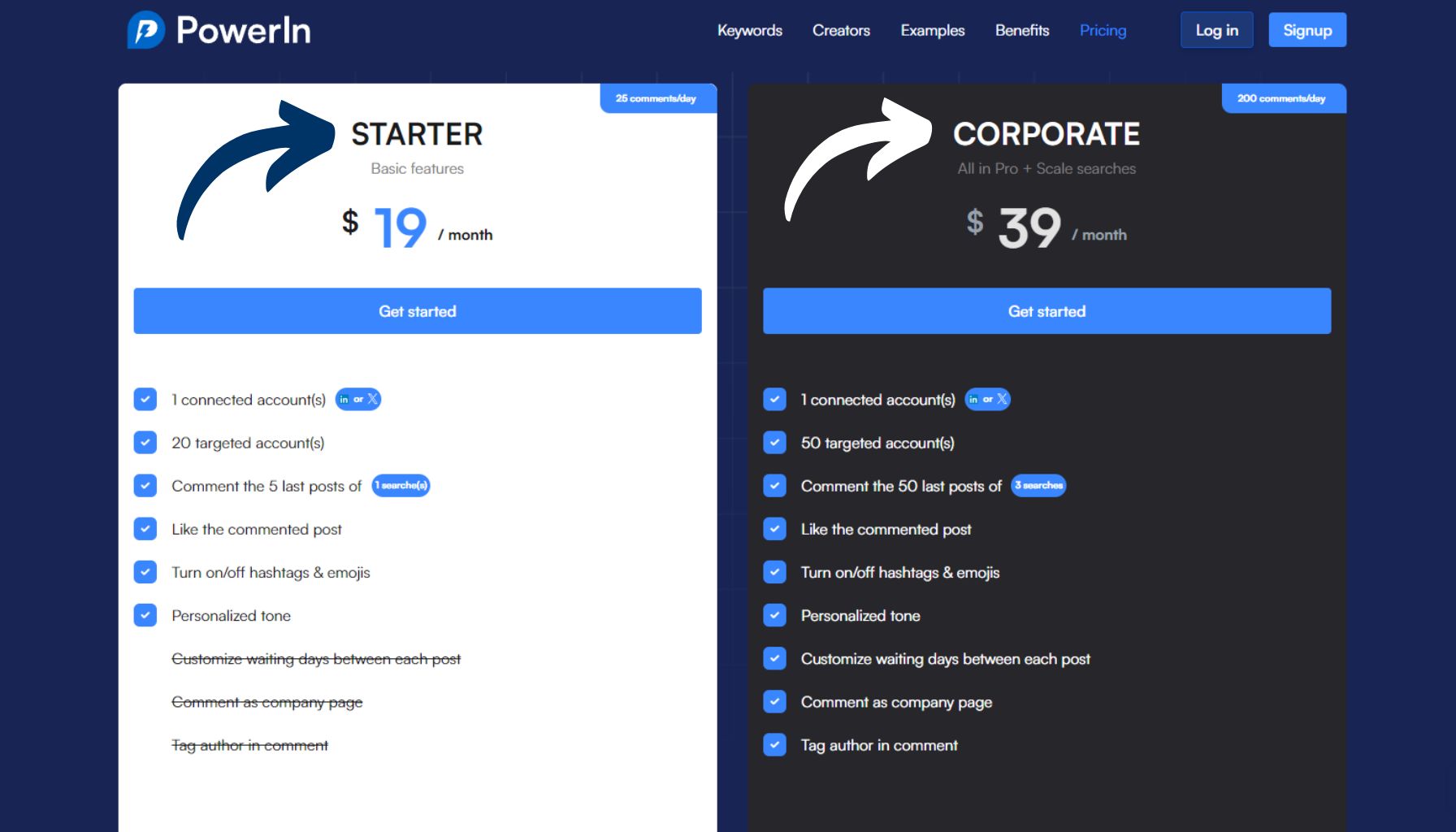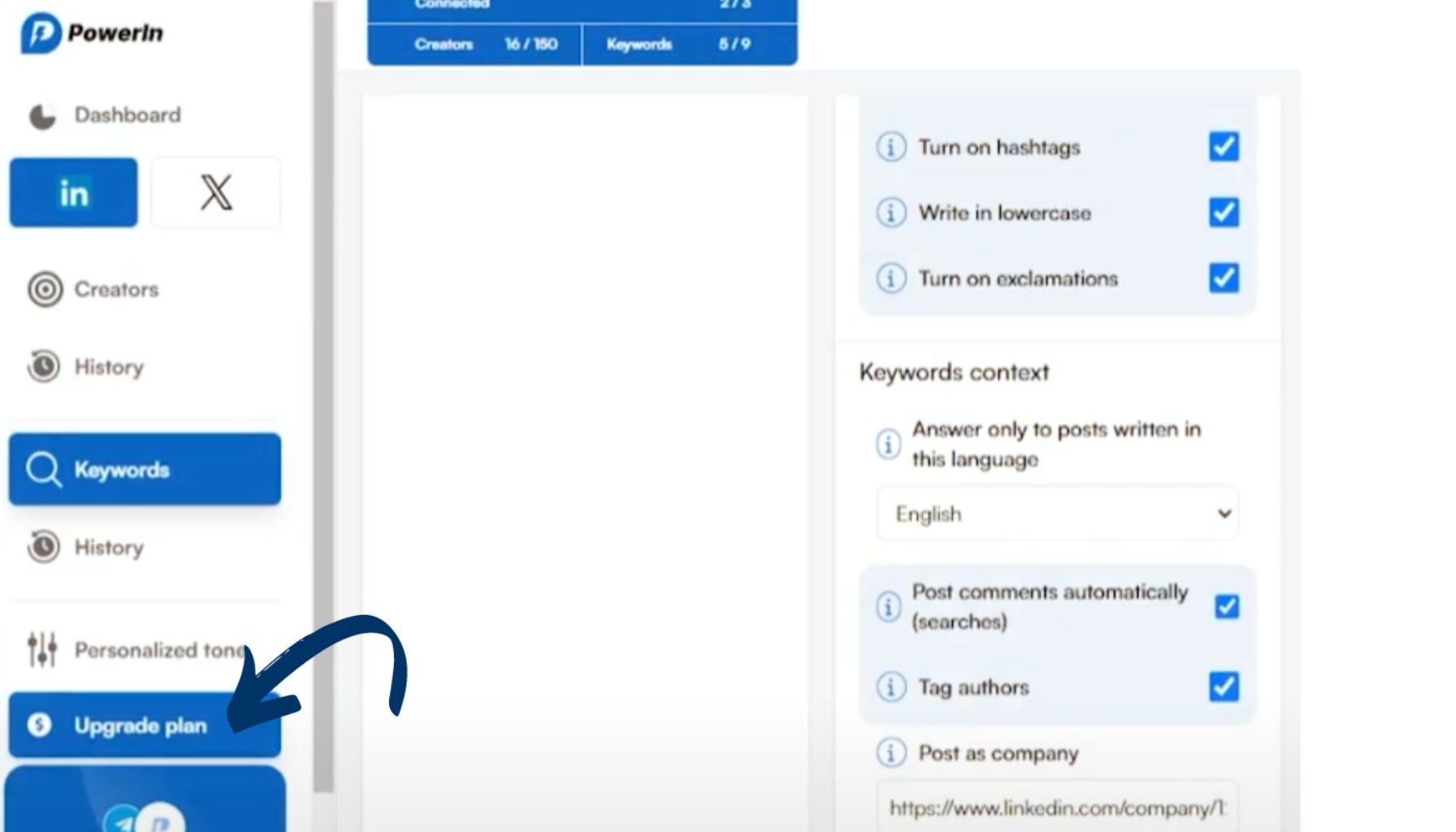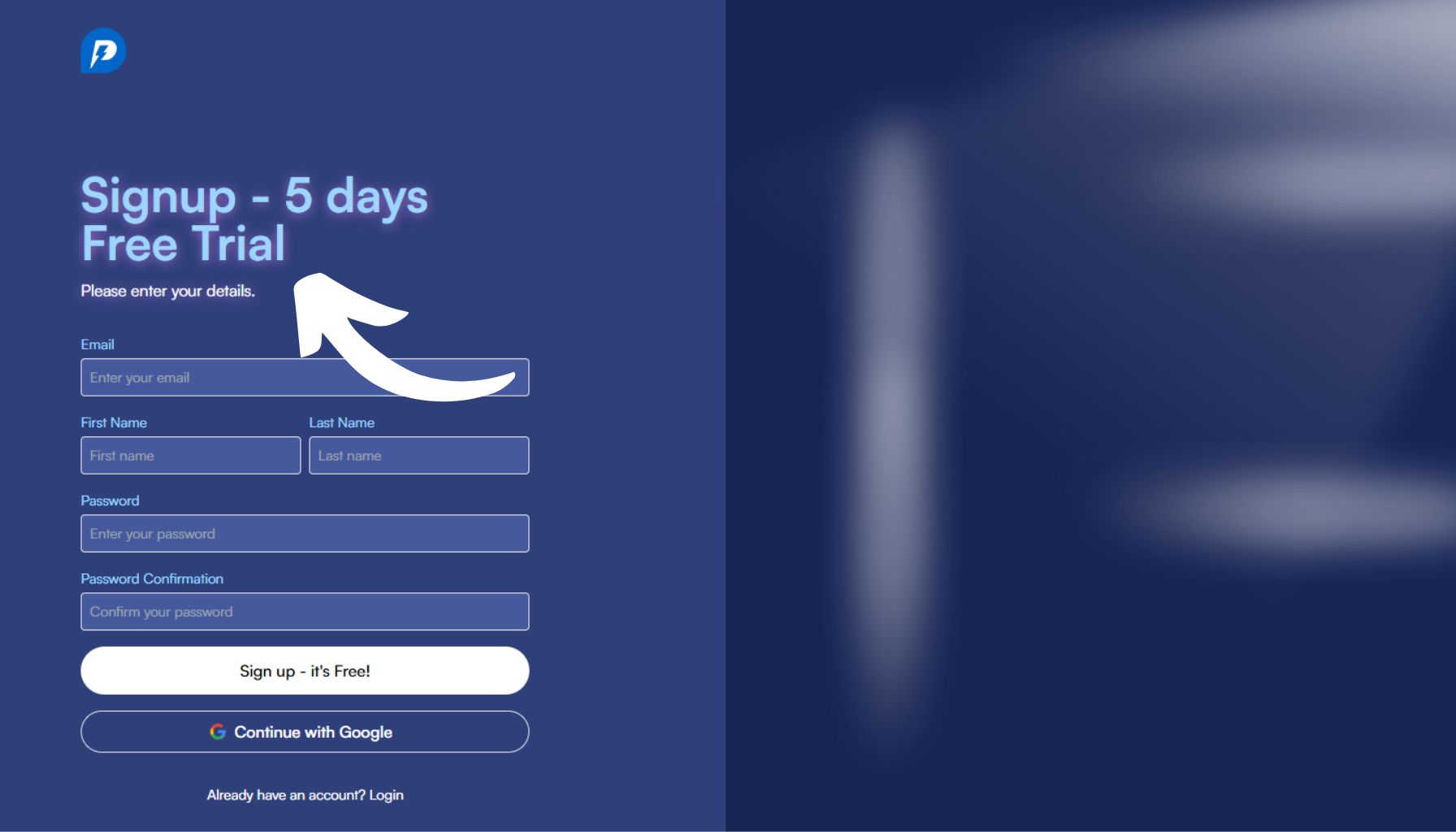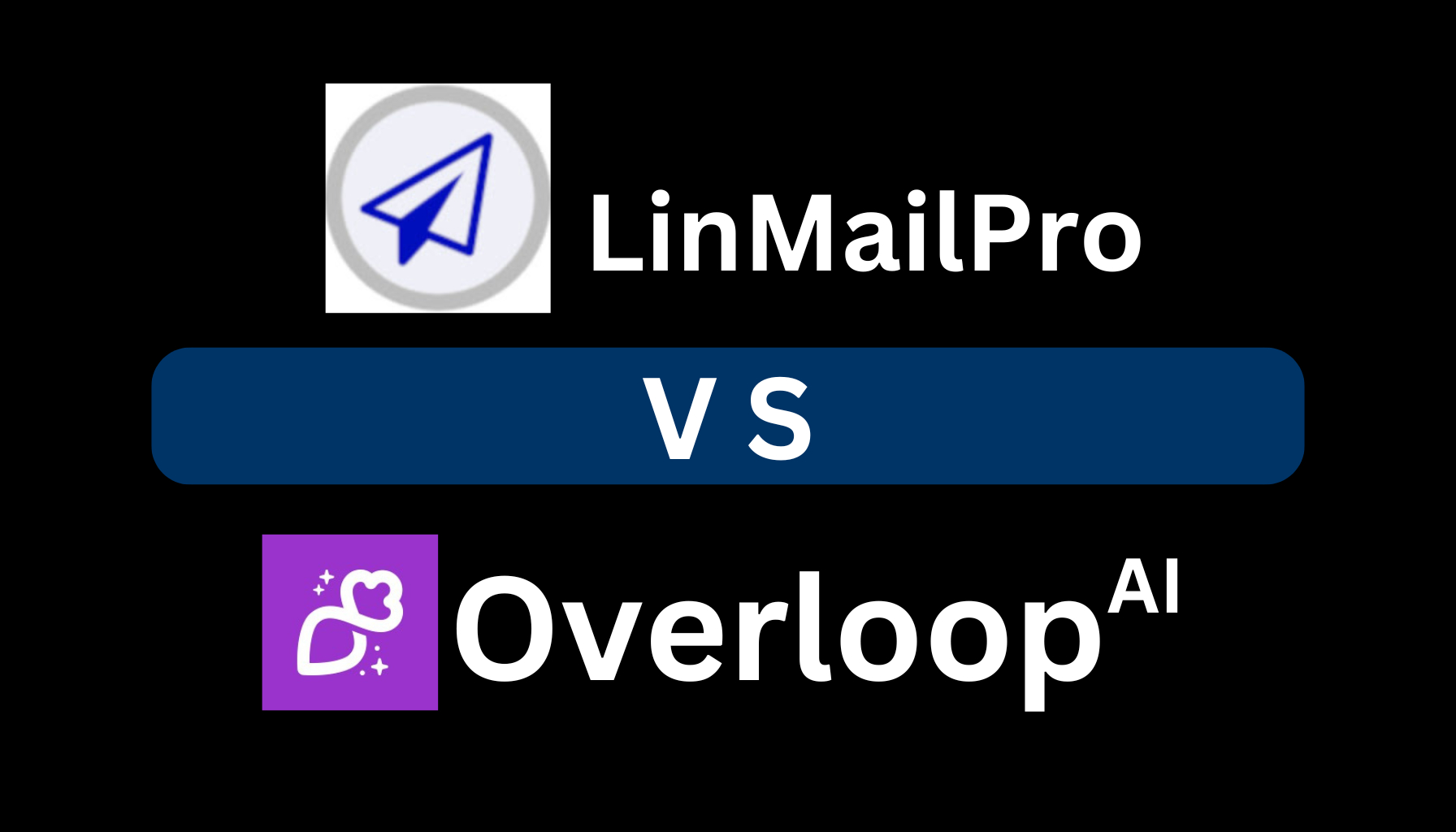
In the world of LinkedIn automation, PowerIn.io has been a popular choice for many professionals seeking to enhance their social media presence. However, recent user feedback from 20 diverse online sources reveals a growing dissatisfaction with the platform, particularly regarding its upsell tactics and frequent plan changes.
This article delves into the reasons behind user frustration and explores why many are now looking for alternative solutions. As we examine the complaints surrounding PowerIn.io’s pricing and feature strategies, we’ll uncover the impact these practices have on user experience and trust. Whether you’re a current PowerIn.io user or considering LinkedIn automation tools, this analysis will provide valuable insights to inform your decision-making process.

Key Facts
- PowerIn.io frequently renames and restructures its plans, often moving features to higher-priced tiers.
- Users report feeling pressured by aggressive upselling tactics, particularly after plan changes.
- The lack of transparency and perceived reduction in value are driving users to seek alternative solutions.
The Confusion of Constant Plan Changes
At the core of user discontent lies PowerIn.io’s frequent plan renaming and restructuring strategy. This practice has left many users feeling confused and frustrated.
Users have noted that PowerIn.io frequently changes plan names, often without prior notice, leading to confusion about what is included in each plan. This constant flux creates a confusing landscape where subscribers struggle to keep track of what features they’re entitled to. The lack of stability in plan structures has made it difficult for users to make long-term decisions about their subscription choices.
Moreover, the frequent changes have led to a sense of unpredictability, with users unsure if the features they rely on today will still be available or affordable in the near future.

Unexpected Feature Downgrades
Users have reported that features previously available in lower-tier plans are suddenly moved to higher-priced plans after these changes. This unexpected shift has led to a sense of diminished value among subscribers. Several users reported that features available in lower-tier plans were suddenly moved to higher-priced plans after these changes.
This practice has caused significant frustration, as users find themselves losing access to tools and functionalities they previously relied on without any prior warning. The sudden feature downgrades have forced many users to reassess the value proposition of their current plans, often leading to difficult decisions about whether to upgrade or seek alternative solutions. This approach has been particularly detrimental to small businesses and individual users who may not have the budget to continually adapt to these changes.
Lack of Transparency
Many users express frustration over the lack of clear communication when plan names change. This lack of transparency has led to a feeling that PowerIn.io is not upfront about its pricing model. Users have consistently reported feeling left in the dark about upcoming changes to their subscription plans.
The absence of clear, timely communication regarding plan alterations has created an atmosphere of distrust and uncertainty. Many subscribers feel that PowerIn.io is deliberately obscuring information about plan changes to push users towards more expensive options. This perceived lack of transparency extends beyond just plan names, encompassing unclear feature descriptions and ambiguous pricing structures.
As a result, users find it increasingly difficult to make informed decisions about their subscriptions, leading to a growing sense of dissatisfaction with the platform’s overall approach to customer communication and service.
The Lifetime Deal Dilemma
Customers who purchased a “lifetime deal” have been particularly vocal about feeling cheated when plan names changed and new features required additional payments. This has led to a significant erosion of trust among long-term users.
The concept of a “lifetime deal” typically implies a one-time payment for ongoing access to a service or set of features. However, PowerIn.io’s frequent plan changes have left these users feeling misled and undervalued. Many report that features they believed were included in their lifetime deal have been moved to higher-tier plans, requiring additional payments to maintain the same level of functionality. This practice has not only damaged the trust of these loyal customers but has also raised questions about the ethical implications of altering the terms of what was marketed as a permanent arrangement.
The disappointment and frustration expressed by lifetime deal holders have rippled through user communities, affecting PowerIn.io’s reputation among potential new customers as well.
Aggressive Upselling Tactics
The aggressive nature of PowerIn.io’s upselling has become a major pain point for users across various platforms. Users have reported feeling constantly pressured to upgrade their plans, often through intrusive and persistent marketing tactics.
This aggressive approach to upselling has created a negative user experience, with many feeling that the platform prioritizes revenue generation over user satisfaction. The frequency and intensity of these upsell attempts have led to a growing sense of frustration among the user base. Many users report feeling bombarded with upgrade prompts, pop-ups, and emails, which detract from their ability to use the platform effectively.
This relentless push for upgrades has not only annoyed existing users but has also deterred potential new customers who are wary of committing to a service that seems more focused on upselling than providing value.

Constant Upgrade Prompts
After renaming or restructuring plans, users report being frequently prompted to upgrade to unlock previously available features. This persistent upselling feels forced and has negatively impacted user experience. The frequency of these prompts has been a particular source of irritation, with users reporting interruptions to their workflow and a constant feeling of being pressured to spend more.
Many users have expressed frustration at having to navigate through upgrade prompts just to access features they previously used without issue. This aggressive approach to marketing higher-tier plans has led to a sense of fatigue among users, who feel that their current subscription is being devalued.
The constant reminders of “locked” features have created an environment where users feel they are not getting the full value of their current plan, even if it initially met their needs. This tactic has been particularly poorly received by long-term users who feel their loyalty is not being respected or rewarded.
Expensive Advanced Plans
Users mention that after plan changes, they are often pushed toward more expensive plans that cost significantly more than they initially paid for or expected. This has led to frustration, especially among small business users who feel priced out of features they once could afford.
The sudden increase in costs for accessing advanced features has created a significant barrier for many users, particularly those operating on tight budgets. Small businesses and individual professionals have been hit hardest by these changes, finding themselves unable to justify the increased expense for tools they previously relied on. This pricing strategy has led to a perception that PowerIn.io is prioritizing high-paying enterprise clients at the expense of its broader user base.
Many users report feeling forced to choose between downgrading their service and losing essential features, or stretching their budgets to maintain the same level of functionality. This situation has caused considerable dissatisfaction and has prompted many to explore more cost-effective alternatives in the market.
Reduced Trial Benefits
Some users have reported that the benefits offered during free trials have been reduced after plan changes, pushing them to upgrade to more expensive plans sooner than anticipated. This reduction in trial benefits has significantly impacted the ability of potential customers to fully evaluate the platform before committing to a paid plan.
Users have noted that features previously available during the trial period are now locked behind paywalls, limiting their ability to test the full capabilities of the service. This change in trial structure has been perceived as a bait-and-switch tactic by many, leading to distrust and skepticism about the platform’s value proposition. The shortened or limited trials have also made it more difficult for users to determine which plan best suits their needs, often resulting in hasty decisions to upgrade or, conversely, a decision not to pursue a paid subscription at all.
This approach has not only affected new user acquisition but has also contributed to the overall perception of aggressive upselling tactics employed by PowerIn.io.

Impact on User Satisfaction
The cumulative effect of these tactics has led to a significant decrease in user satisfaction and trust in the platform. Users across various review platforms and forums have expressed growing discontent with PowerIn.io’s practices. The constant plan changes, aggressive upselling, and perceived reduction in value have created a widespread sense of frustration and disappointment.
Many long-term users report feeling undervalued and taken advantage of, while new users express confusion and hesitation about committing to the platform. This decline in user satisfaction has not only affected individual experiences but has also begun to impact PowerIn.io’s reputation in the broader market of LinkedIn automation tools.
The erosion of trust has led to increased churn rates, with many users actively seeking alternatives that offer more stability, transparency, and value for their investment. This situation highlights the importance of user-centric practices in maintaining customer loyalty and sustaining long-term success in the competitive SaaS market.
Diminished Perceived Value
Long-term users feel that the changes in plan structures over time diminish the original value of their subscription, as key features become premium-only. This perception of diminishing returns has been a significant factor in user dissatisfaction.
Many users report that features they initially signed up for and relied upon have been gradually moved to higher-tier plans, forcing them to pay more for the same functionality. This practice has led to a sense of bait-and-switch, where the initial value proposition that attracted users to PowerIn.io no longer seems to apply. The constant upward migration of features has left many feeling that their current plans are being hollowed out, offering less value for the same price.
This erosion of perceived value has been particularly impactful for users who have been with the platform for extended periods, as they’ve witnessed the gradual degradation of their plan’s capabilities. The result is a growing sentiment that loyalty is not rewarded, but rather exploited, pushing even the most committed users to reconsider their relationship with the platform.
Difficulty for New Users
New users have found it challenging to navigate the different plan options after frequent renaming, leading to uncertainty about which plan meets their needs. This confusion has created a significant barrier to entry for potential customers. The lack of consistency in plan names and features has made it difficult for new users to make informed decisions about which subscription level is appropriate for their needs.
Many report feeling overwhelmed by the options and unsure if they’re getting the best value for their investment. This uncertainty often leads to hesitation in committing to a plan or, in some cases, abandoning the platform altogether in favor of more straightforward alternatives. The complexity of the plan structure has also made it challenging for new users to compare PowerIn.io’s offerings with those of competitors, further complicating their decision-making process.
This difficulty in onboarding new users not only affects PowerIn.io’s growth but also contributes to a general sense of frustration and dissatisfaction from the very beginning of the user journey.
Limited Customization in Lower Tiers
Features like custom tone of voice and advanced analytics have been pushed to higher-priced plans after renaming, limiting customization options in lower tiers. This reduction in customization capabilities for lower-tier subscribers has significantly impacted the platform’s versatility for a large portion of its user base.
Many users who initially chose PowerIn.io for its range of customization options now find themselves unable to tailor the tool to their specific needs without upgrading to more expensive plans. This limitation has been particularly frustrating for small businesses and individual professionals who require a degree of personalization to maintain their brand voice and analyze their LinkedIn performance effectively.
The move to restrict these features to higher tiers has been seen as a deliberate strategy to force upgrades, rather than a necessary segmentation of services. As a result, users in lower tiers feel they are receiving a subpar, one-size-fits-all solution that doesn’t adequately meet their professional needs, further contributing to the overall dissatisfaction with the platform’s value proposition.
Horlio: An Alternative Solution
In light of the issues faced by PowerIn.io users, alternative solutions like Horlio are gaining attention. Horlio is a LinkedIn automation and engagement platform that aims to address some of the key pain points experienced by users of other tools.
While specific details about Horlio’s features and pricing structure were not provided in the original input, it’s positioned as a potential alternative for those dissatisfied with PowerIn.io’s practices. Users looking for a more transparent and user-friendly LinkedIn automation tool may find Horlio worth exploring.
It’s important to note that without specific information about Horlio’s features or pricing, users should conduct their own research to determine if it truly addresses the issues they’ve experienced with PowerIn.io. As with any software solution, potential users should carefully evaluate Horlio’s offerings to ensure it meets their specific needs and expectations before making a switch.
Ready to Dominate LinkedIn?
Transform Contacts into Conversations with Smart Targeting on LinkedIn!
Conclusion
The widespread dissatisfaction with PowerIn.io’s upsell tactics and frequent plan changes has created a significant shift in the LinkedIn automation tool market. Users are increasingly prioritizing transparency, consistency, and value in their choice of platforms. The experiences shared by PowerIn.io users serve as a cautionary tale for both service providers and consumers in the SaaS industry.
For providers, it highlights the importance of maintaining clear communication, respecting user expectations, and prioritizing long-term customer satisfaction over short-term gains. For users, it emphasizes the need for careful evaluation of service agreements and a willingness to explore alternative solutions when a platform no longer meets their needs or aligns with their values. As the market continues to evolve, it’s likely that tools offering more stable, user-friendly experiences will gain prominence.
The situation with PowerIn.io has not only affected its own user base but has also influenced broader expectations in the industry, potentially driving positive changes in how LinkedIn automation tools are developed, marketed, and supported in the future.
References
- AppSumo. (2023). PowerIn – Automate LinkedIn Comments. AppSumo. Retrieved from https://appsumo.com/products/powerin-automate-linkedin-comments/reviews/
- SaaSworthy. (2023). PowerIn Pricing: Cost and Pricing Plans. SaaSworthy. Retrieved from https://www.saasworthy.com/
- Passivern. (2023). PowerIn Review – LinkedIn Comment Automation Software. Passivern. Retrieved from https://passivern.com
- Toolify. (2023). PowerIn: Automatically reply to competitors on LinkedIn with AI. Toolify. Retrieved from https://www.toolify.ai/
- PowerIn.io. (2023). PowerIn – Automated comments for LinkedIn and Twitter. PowerIn.io. Retrieved from https://www.powerin.io



